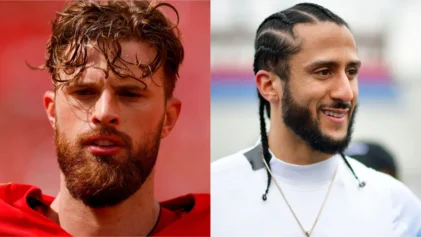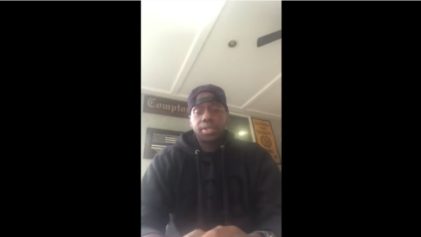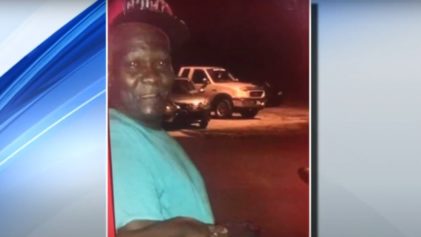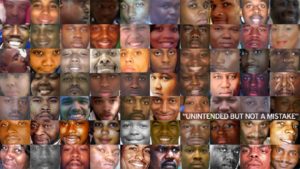
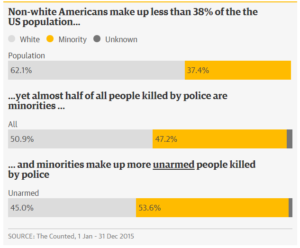
Unpacking the statistics a bit more, there is particular cause for concern for young Black men. Although Black men between the ages of 15 and 34 are 2 percent of the U.S. population, they were over 15 percent of all police-related incidents of deadly force. This rate for Black men is five times higher than the rate for white men, which means Black men are far more likely to die at the hands of police. Ultimately, one in every 65 young Black men is killed by police, and last year, young Black men were nine times more likely to be killed by the cops than are other Americans.
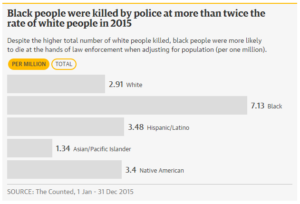
In the Black community, where anecdotal evidence and the personal experiences always abounded, the cold, hard data put the issue of police violence in proper perspective. This comes as a Harvard study found that police killings are not only a criminal justice matter, but a public health problem, with police-related deaths exceeding deaths by diseases such as influenza, measles, malaria, and mumps, and rivaling the number of deaths due to Hepatitis A.
The issue of Black men—unarmed and innocent– taken down in the streets, in the back, in cold blood, on the streets of America became a defining issue in the U.S. The public attention paid to this public health epidemic and human rights crisis, and the burgeoning #BlackLivesMatter movement, have helped to raise public consciousness about the violence committed against Black bodies. In addition, the matter is important because it gets to the heart of what blackness means to white people in America. In order to resolve the racial disparities of the criminal justice system–the prevalence of Black people among those who are arrested, imprisoned and victimized by police—it is necessary to grapple with the badge of slavery that has kept white supremacy intact.
From the days of slavery, the nation’s police force–the slave patrols—monitored Black people and maintained the plantation police state. These patrols, the militias, meted out brutal punishment and death to Black people, reflecting a need to preserve white supremacy and maintain the system of oppression. The violence against Black people was absolutely necessary to help allay white fears of slave insurrection. Further, the branding of Black people as intellectually inferior, as criminals and the like, was crucial in justifying the terror and violence visited upon them.
So, the criminalization of Black folks is a centuries-old enterprise that continues to the present day. The school-to-prison pipeline is a reality, in which implicit bias concerning racial stereotypes of Black people is reflected in the policies that impact us. The years of conditioning have seeped into the psyche of the nation, with whites viewing Black people and Black skin as threatening, therefore providing a justification for the use of deadly force to end Black lives. Black children are far more likely to receive school discipline or face arrest and are viewed as older, less innocent, guiltier and far more culpable than their white counterparts. Black children are not allowed to be children, but rather, like Tamir Rice, are viewed as grown men and criminals, in a nation that always regarded Black men as little more than boys.
Malcolm X said it best years ago when he argued that police use the media to make the white public believe that most people in the Black community are criminals, paving the way for Gestapo tactics in Black neighborhoods.
“Once the police have convinced the white public that the so-called Negro community is a criminal element, they can go in and question, brutalize, murder unarmed, innocent Negroes and the white public is gullible enough to back them up. This makes the Negro community a police state,” Malcolm said.
